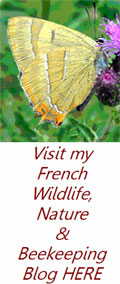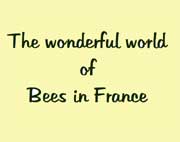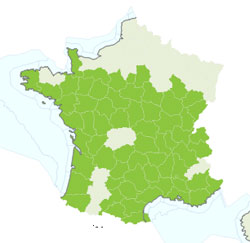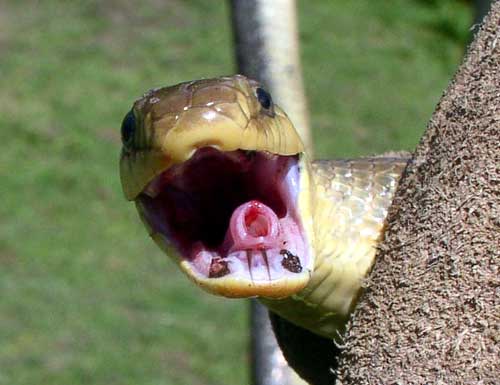

Aesculapian Snake
Zamenis, (Elaphe), longissima
Couleuvre d’Esculape
One of the largest snakes in Europe the Couleuvre d’Esculape can be more than 2 metres long. Easily recognisable by its long thin body with small pointed head, prominent eyes and round pupils. Uniform back coloring being yellowish-brown, greyish-brown, greyish-black, or olive green and sometimes speckled. The underside is paler.
Aesculapian snake, Elaphe longissima, France
They are to be found in most regions of France with the exception of the extreme north and north-east where they prefer a dry sunny habitat and generally live in dense vegetation, brambles, thickets and woodland. This in combination with their colouring make them quite difficult to observe. They can sometimes be seen by the edges of these habitats or on a stone wall or roadside. Their principle diet is composed of small mammals, birds and their young from nests in trees, lizards and young snakes. They kill by constriction and suffocation by eating their prey head first.
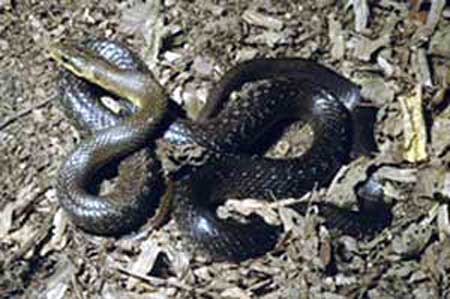
Photo.Couleuvre d'Esculape, France
The period of main activity is during the day until nightfall and although principally a land dweller they are also a spectacular tree climber able to climb vertically old rough walls and barked trees. A generally calm snake with very little aggression, sometimes known when provoked to point its head at whatever is annoying it and makes strange “mouth” sounds in an attempt to frighten. Hibernation takes place in October/November until March/April under an old tree stump or somewhere of a similar nature.

Photo.Aesculapian snake attempting to threaten, France
Coupling starts in May with some simulated combat, sometimes spectacular but completely harmless for those taking part. The female produces between 5 and 20 eggs in June/July; these are laid under a stone, in a stone wall, under decomposing vegetation / compost heap or in the rotting base of a tree stump, hatching is about 8 weeks later. Juvenile snakes are spotted with a more pronounced yellow neck patch and can be confused with grass snakes.
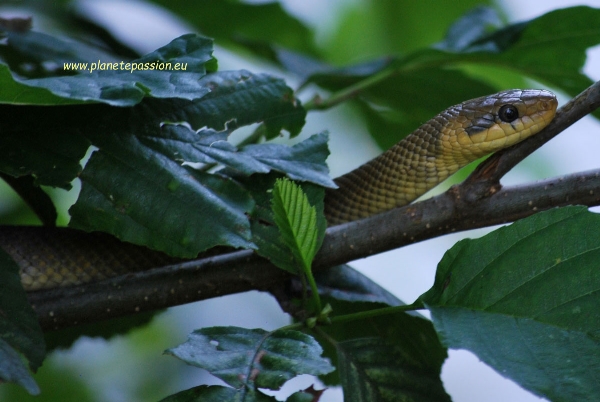
Photo above. Aesculapian snake climbing in a tree, France
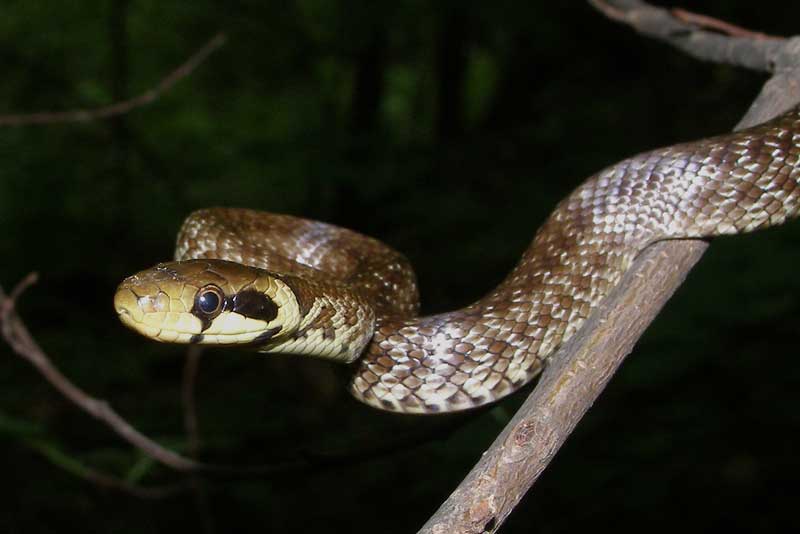
Photo above. Juvenile Aesculapian snake
Population: in decline
All snakes in France are fully protected species
NOT VENOMOUS


